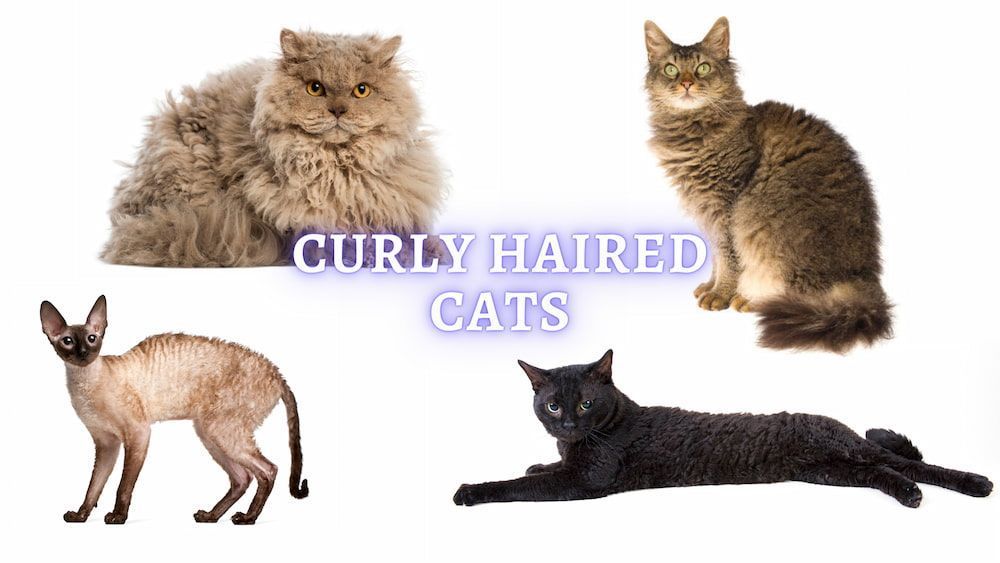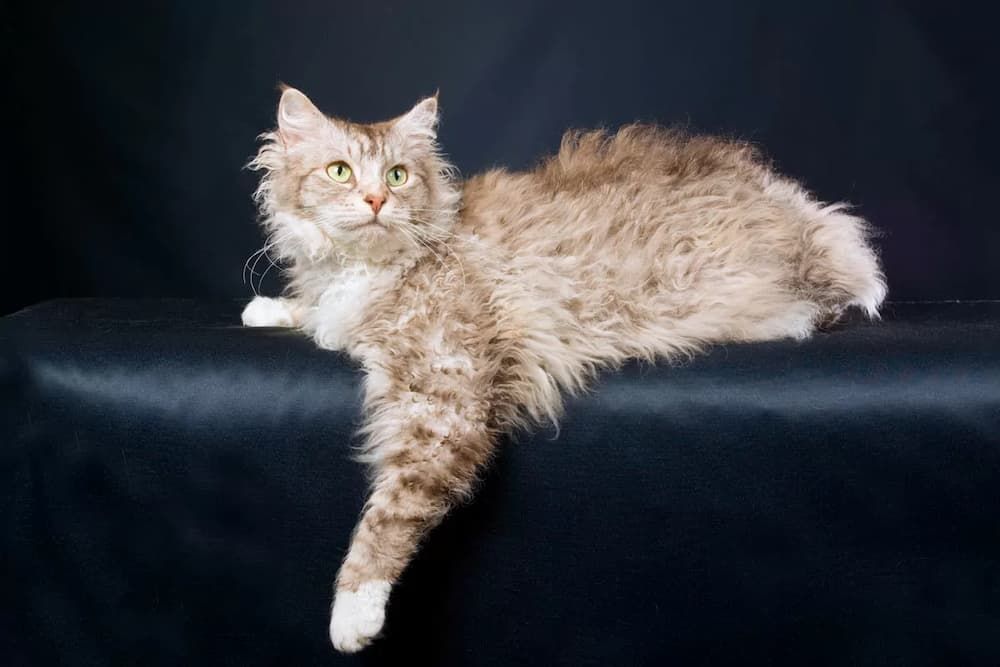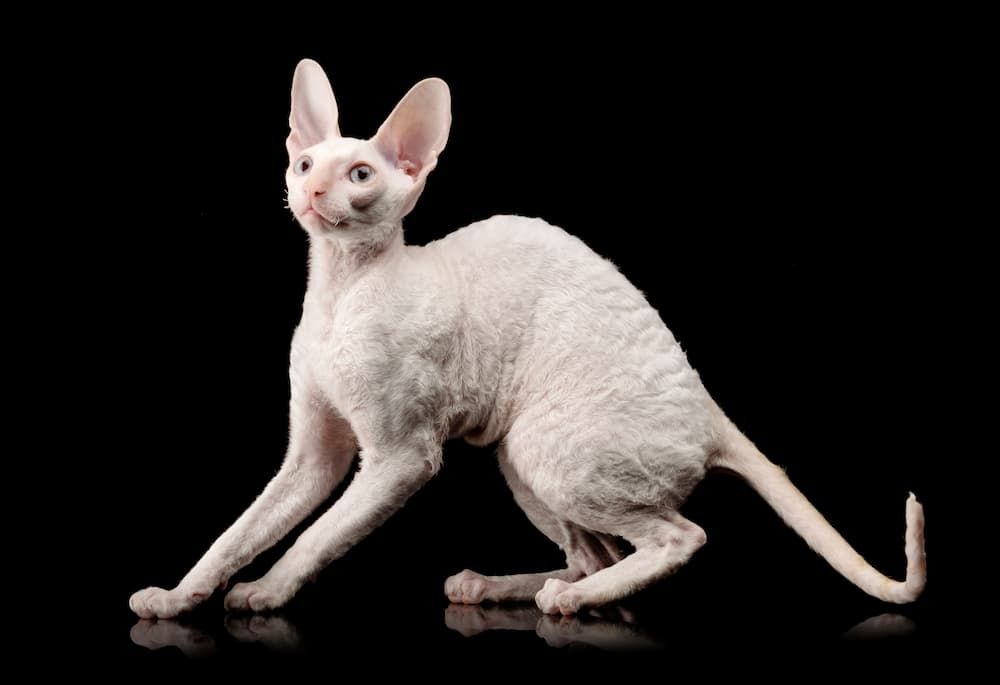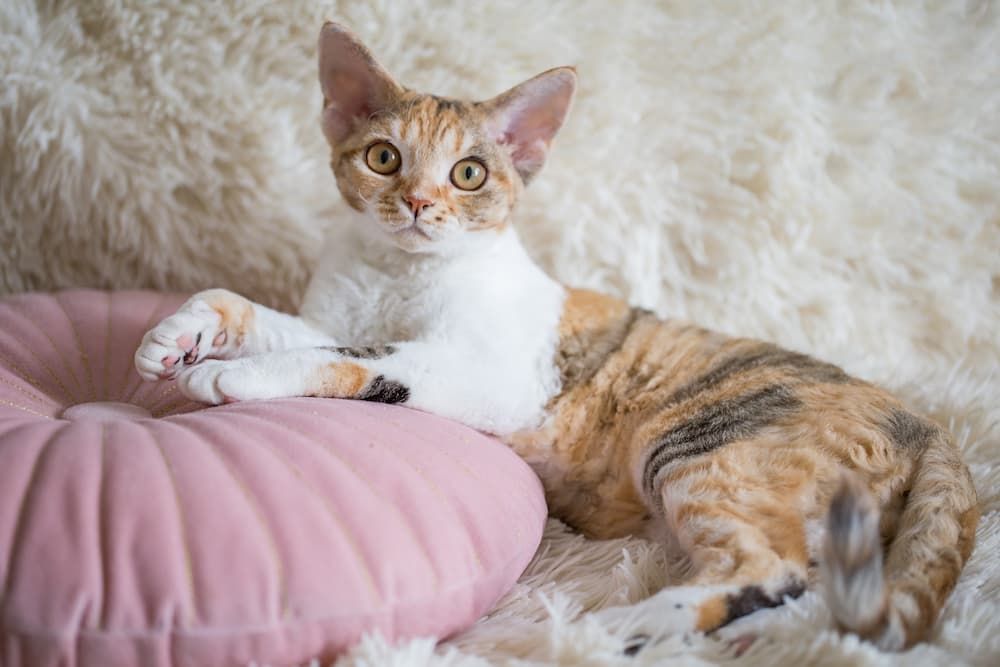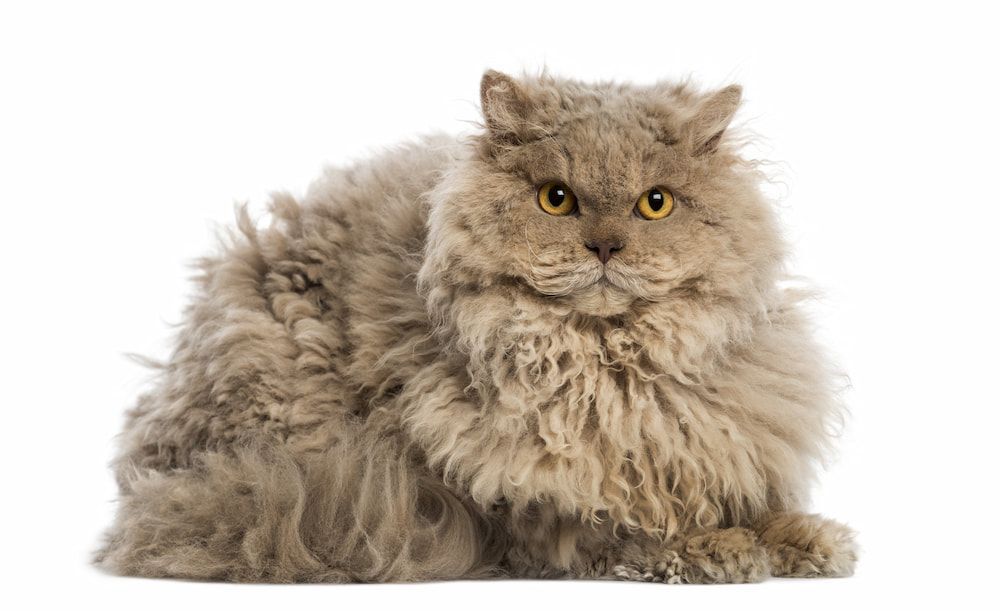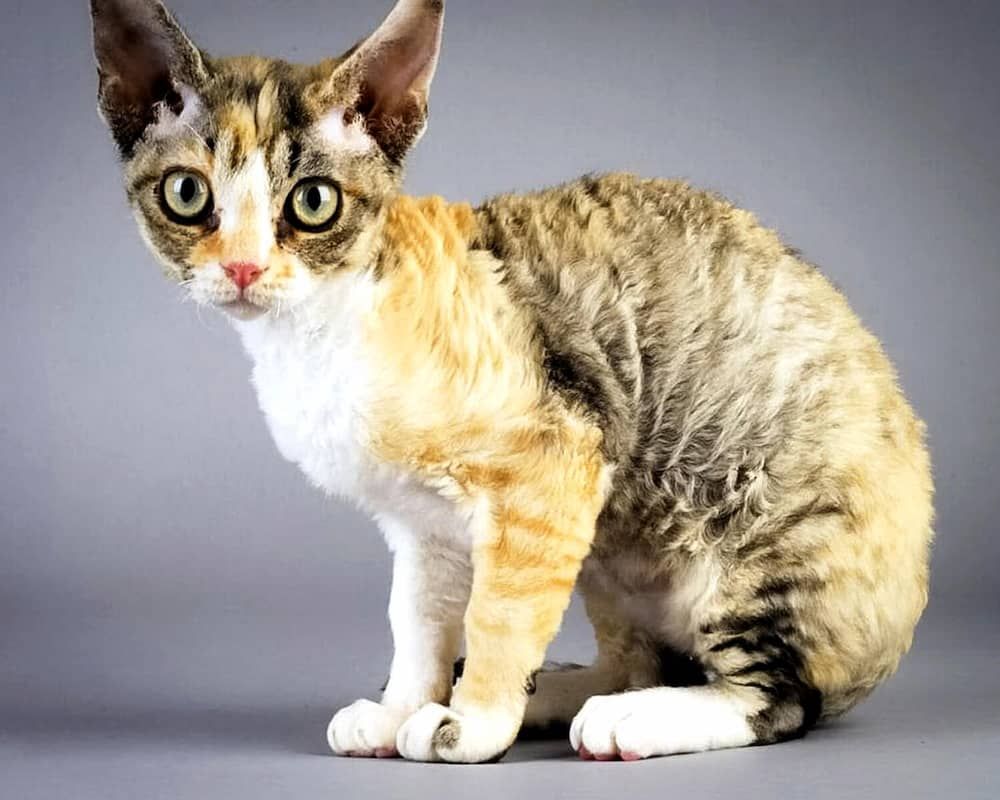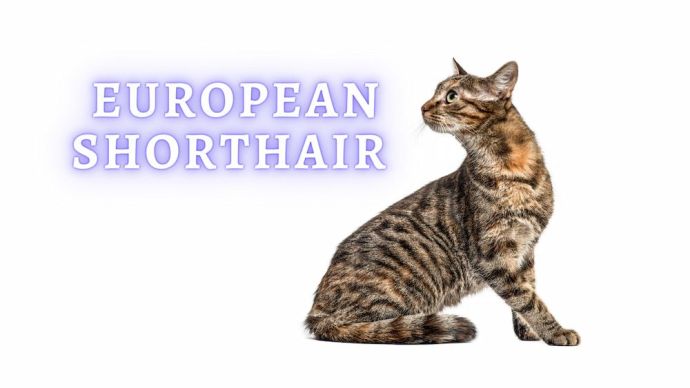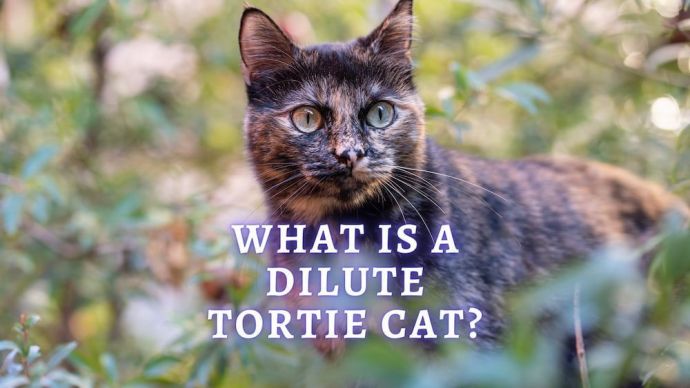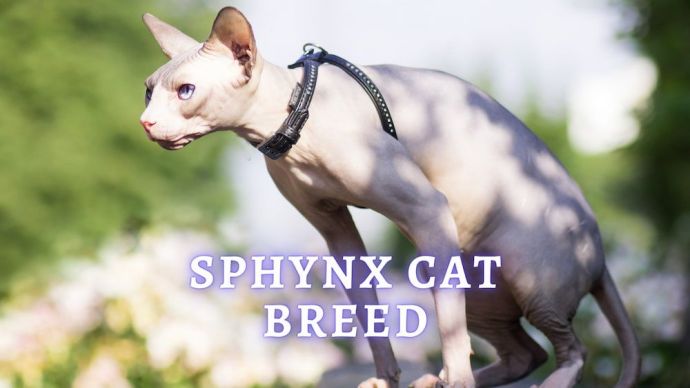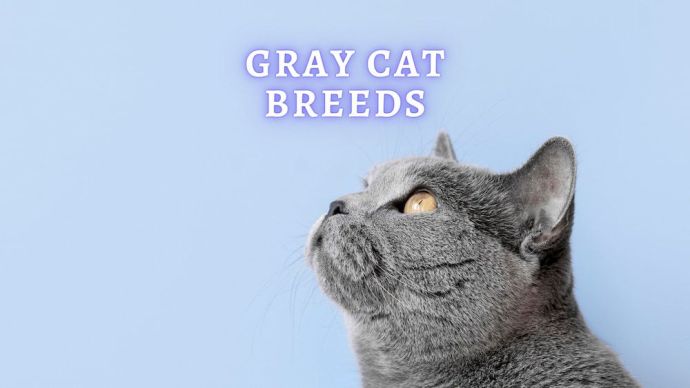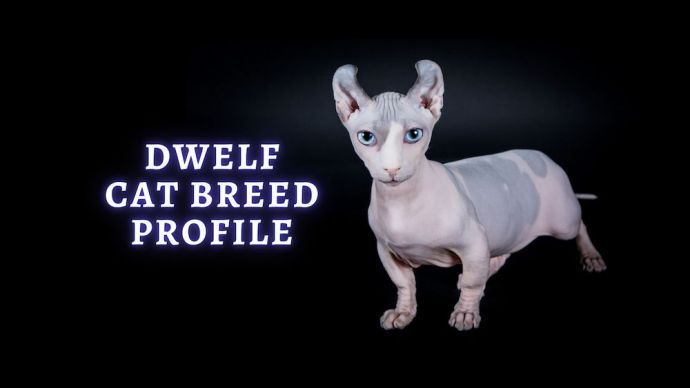Curly Haired Cats: Cutest Curly-Coated Cats
Written by:
Author: Seb Jenkins
Seb is a professional SEO writer with a degree in Journalism, he has five years of experience in writing and editing. Seb specializes in topics like dog and cat breeds, aquarium guides, and pet care. He is passionate about educating and entertaining animal owners worldwide. In his spare time, Seb enjoys writing fiction novels.
View all 83 articlesLearn about our editorial process and veterinary review board.
Viewed: 760
Updated on: 06/08/2023
There are so many different breeds and types of cats out there, that it is essential to give all our feline friends some love. But, in this article, we will be concentrating on curly-haired cats and curly-haired kittens! So if you are on the lookout for a new best friend with a curly coat, look no further. This is the all-you-need-to-know guide on all the best curly-haired breeds.
How Does A Cat’s Fur Become Curly?
Believe it or not, a cat is not supposed to have a curly coat. So if you see a curly-haired cat, it results from an anomaly and is missing a layer of its fur. The standard cat is supposed to have three different layers in its coat. The first layer is also known as guard hair, which repels water and keeps the cat dry in the rain. The guard hair color influences what color coat your cat has. The second layer is known as the awn hair, which is designed to keep the cat warm and protect the third layer. This final layer is called down hair and is far shorter and softer than the others. A cat missing the down hair layer may develop a curly coat, although this is a rare anomaly.
Many curly-haired breeds are known as Rex cats, which comes from the genetic anomaly that causes the curls in the first place. However, cats are not the only animals on planet Earth to get this gene – it can also impact dogs, rats, horses, rabbits, and more. The Rex mutation is so rare that there are only four officially recognized curly-haired cat breeds worldwide. To be an ‘official’ breed, you must be recognized by a known association, like the ICA (International Cat Association) or the CFA (Cat Fancier’s Association).
Each of the four official curly-haired breeds has its own slightly different genetic anomaly, which is why the breeds all look recognizably different from one another. They can be different shapes, sizes, colors, weights, textures, personalities, and more.
The four official curly haired cat breeds are the Devon Rex, the LaPerm, the Selkirk Rex, and the Cornish Rex. However, there are still some other known breeds that are still in development, even if they haven’t reached the stage of official recognition quite yet. These include the Tennessee Rex, the German Rex, the Skookum, the Ural Rex, and the Tasman Rex. Of course, you don’t have to choose one of the official four breeds, and you should choose the cat breed you think best suits you and your family – the cat that you can’t help but fall in love with!
Curly Haired Cat Facts
- Curly-haired cats often do not shed much.
- Curly hair on the body usually means curly whiskers and eyebrows too.
- Curly-haired cats can become curlier with age.
- The Devon Rex is one of the most miniature curly-haired cats at under eight pounds.
- The Oregon Rex is extinct.
- Most curly-haired cat breeds have Rex in their name.
Top Curly Haired Cat Breeds
We have compiled a list of the four official curly-haired cat breeds and a selection of our favorite non-official breeds for you to check out. We will include as much information as we can on each breed, allowing you to make an informed decision.
Officially recognized curly-haired breeds:
1. LaPerm
The Devon Rex usually lives for anywhere between 10 and 14 years. They do not shed much hair and weigh in at between five and ten pounds. These cats come in black, red, white, blue, cream, lavender, cinnamon, and fawn – with different markings, patterns, and shadings. They are known to be very loving and affectionate cats around the home.
The LaPerm curly haired breed was first created on a farm in Oregon back in 1982. One kitten, eventually dubbed Curly, was born without any hair before eventually growing unique curls. After Curly grew up, she had her own litter, and they all came out as similar curly-haired felines. Ten years after Curly was born, a breeding program was established, and the LaPerm was brought from the farm into the mainstream. Of course, these cats get their name from the curls that look as though they have been permed. Once the breeding program was established, the LaPerm popularity shot through the roof.
If you want a loving cat who loves spending time with you, look no further than the LaPerm. They are also very good at going with the flow. So if you are active and always up and about, they are happy to follow you. But equally, if you like to sit down and relax, they will curl up right there with you. As long as they have your love and attention, they are more than happy. The LaPerm is a very clever cat breed and can even be taught tricks! We recommend clicker training and treats to teach them some cool things.
Just like Curly, LaPerm kittens can be born without hair, although this is not always the case. Even those with hair usually lose it before growing back curls at the six-month mark.
READ MORE: Small Cat Breeds
2. Cornish Rex
The Cornish Rex usually lives for anywhere between 9 and 13 years. They do not shed much hair and weigh in at between five and nine pounds. These cats come in black, red, white, blue, cream, lavender, chocolate, silver and tabby – with different markings, patterns, and shadings. They are known to be very athletic and social felines to have around the home.
As the name suggests, the Cornish Rex first rose to prominence in Cornwall, England back in 1950. A woman by the name of Nina Ennismore was known as a Rex rabbit breeder, so she was able to recognize how unique a local barn cat was and adopted them immediately. The kitten, called Kallibunker, has a standout curly coat, which soon became popular with owners. Seven years later, they were already being shipped off to the US before being officially recognized in 1967. These days, they are even more loved in the States than in the UK.
The Cornish Rex loves to be surrounded by people at all times of the day, so they are best suited to busy family homes. They stand out amongst the cat world, even in the curly-haired bracket, due to their thin, silky coats, narrow faces, and big ears.
These cats love to climb anything and everything, so try to give them the chance to do so. No worries if you have other cats or dogs; the Cornish Rex is a friend to all. Like the LaPerm, they can even be taught tricks, and you can take them on walks with a harness if trained.
3. Devon Rex
The Devon Rex usually lives for anywhere between 9 and 13 years. They do not shed much hair and weigh in at between five and ten pounds. These cats come in black, red, white, blue, cream, lavender, cinnamon, and fawn – with different markings, patterns, and shadings. They are known to be very social and cheeky cats to have around the home.
Just ten years after the Cornish Rex was discovered and breeding began in Cornwall, another curly-haired cat arrived just down the road in Devon. A curly-haired male feral cat fathered a litter in 1960, and one little kitten had curls just like its dad. The eventual owner named the kitten Kirlee, and he was sold to the owners of Kallibunker in Cornwall. However, the kittens between these two different breeds of curly cats all came out with straight hair. Fortunately, Kirlee was bred with other cats to create the Devon Rex breed.
Like the Cornish Rex, the Devon Rex has a unique look; with its tight curls, short whiskers, and big ears make them look a little like pixies. They love nothing more than being around people and are cheeky enjoyers of playtime. They need lots of active attention from their owners and, like a dog, you can tell they are happy by the wag of their tail.
You should not groom your Devon Rex too much; otherwise, their hair can start to break away.
READ MORE: Most Affectionate Cat Breeds
4. Selkirk Rex
The Selkirk Rex usually lives for around 15 years. They shed a moderate amount of hair and weigh in at between six and twelve pounds. These cats come in black, red, white, cream, lavender, and chocolate – with different markings, patterns, and shadings. They are known to be very confident and outgoing cats to have around the home.
The Selkirk Rex is also often referred to as a Poodle Cat, thanks to its glorious curls. This breed was a little later to the party in 1987 and was discovered in Montana by Jeri Newman. A curly-haired kitten was spotted among a regular litter – and it even had curly whiskers to match! It is thought the curls were mutated from the mother who had wavy hair.
The kitten was named Miss DePesto and eventually gave birth to three curly-haired babies when bred with a Persian. Named after Newman’s step-father, the Selkirk Rex was born.
Unlike some of the others, the Selkirk Rex can have curly or straight hair, long or short. They love a busy home and to be around as many people as possible – even other animals too! However, this curly-haired cat is not hypoallergenic as it sheds a moderate amount, and you will need to brush them regularly.
The Selkirk Rex loves attention from its family and may follow you around from room to room, although they are not too demanding and rarely meow. They are very clever, so be sure to keep them mentally and physically entertained.
Non-official Breeds To Look Out For:
- Tennessee Rex
- German Rex
- Skookum
- Ural Rex
- Tasman Rex
- Ragamuffin
- American Wirehair
How To Care For Curly Haired Cats
You should look after your curly-haired cat in a similar way to any other feline. Brush them regularly to keep their coats nice and clean and eliminate any unwanted loose hair. However, you should not groom your Devon Rex too often, and otherwise, their hair can start to break away. As curly-haired cats do not absorb the oil produced by their skin very well, they can get a little greasier than normal cats. Therefore, you may want to introduce a regular bath time. Of course, beyond this, you should feed them a healthy diet depending on their age and size and take them to regular vet check-ups.
FAQ
What is the cat with curly hair?
A curly haired cat could be one of a number of breeds, although the most common are the four official breeds: Devon Rex, the LaPerm, the Selkirk Rex, and the Cornish Rex. Curly haired cats are born due to a genetic mutation that removes the bottom layer of their coat, causing the other two to curl. This makes for a very unique and beautiful kitty.
Is it rare for a cat to have curly hair?
It is very rare for a car to have curly hair. That’s because curly hair in a cat comes from a genetic anomaly, sometimes removing the bottom layer of their coat and causing curls. This makes it very difficult to find a curly haired kitty, and somewhat difficult to breed them in high numbers too. Some curly haired felines can also have curly eyebrows and whiskers too.
How much does a curly-haired cat cost?
Each breed of curly haired cat fetches a different price, but let’s take a look at the official four breeds and how much they can cost. The Devon Rex is often between $600 and $1000. LaPerm kittens can set you back between $900 and $1500. Selkirk Rex kittens can cost between $600 and $1500. And Cornish Rex kittens can fetch between $800 and $1200.
Are curly-haired cats hypoallergenic?
Due to the genetic anomaly in their coats, curly haired cats often do not shed much, if at all. As such, they are very popular with owners that have allergies as there is less loose hair around to trigger them. So, yes, many curly haired cats are hypoallergenic cats.
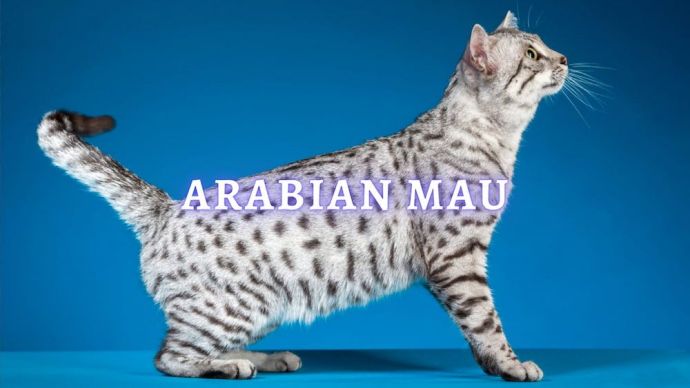 Cat Breeds Arabian Mau: History of Arabian Mau Cats, Personality, Care, Lifespan
Cat Breeds Arabian Mau: History of Arabian Mau Cats, Personality, Care, Lifespan - 1215
- 0
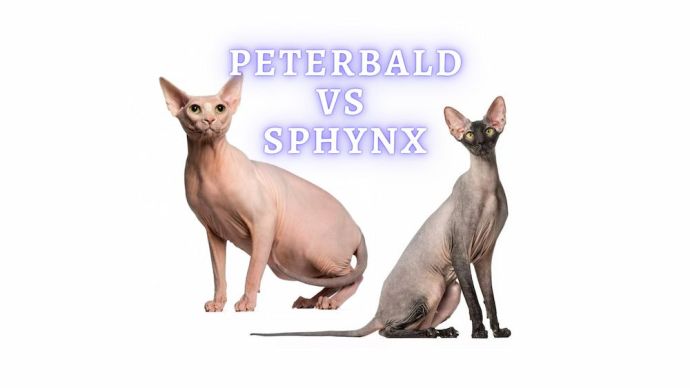 Cat Breeds Peterbald vs Sphynx: What is the difference between a Peterbald and a Sphynx cat?
Cat Breeds Peterbald vs Sphynx: What is the difference between a Peterbald and a Sphynx cat? - 241
- 0
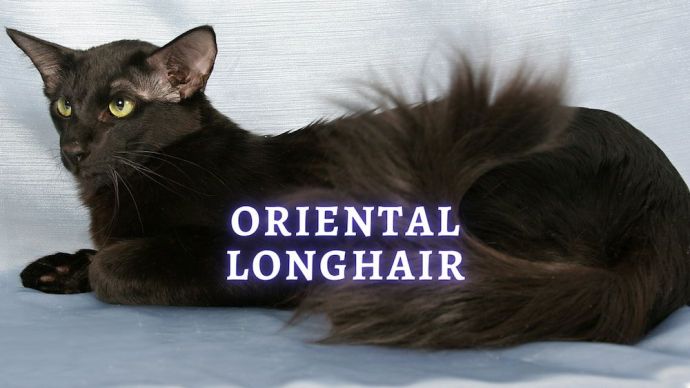 Cat Breeds Oriental Longhair: Oriental Longhair Cat Breed History, Temperament and Personality
Cat Breeds Oriental Longhair: Oriental Longhair Cat Breed History, Temperament and Personality - 557
- 0
 Cat Care Why Does My Cat Attack My Legs? 10 Reasons Why and What To Do About It (Vet-Approved Advice)
Cat Care Why Does My Cat Attack My Legs? 10 Reasons Why and What To Do About It (Vet-Approved Advice) - 46013
- 21
 Cat Veterinary Tips Cat Stomach Gurgling: Vet Advice on Why is Your Cat Stomach Gurgling?
Cat Veterinary Tips Cat Stomach Gurgling: Vet Advice on Why is Your Cat Stomach Gurgling? - 36469
- 4
 Cat Veterinary Tips My Cat Lost its Voice: Can Cats get Laryngitis? (Vet Advice)
Cat Veterinary Tips My Cat Lost its Voice: Can Cats get Laryngitis? (Vet Advice) - 23554
- 13









